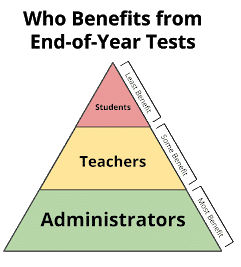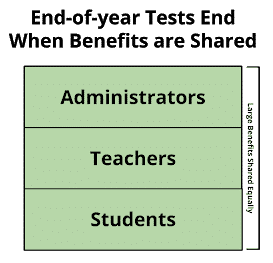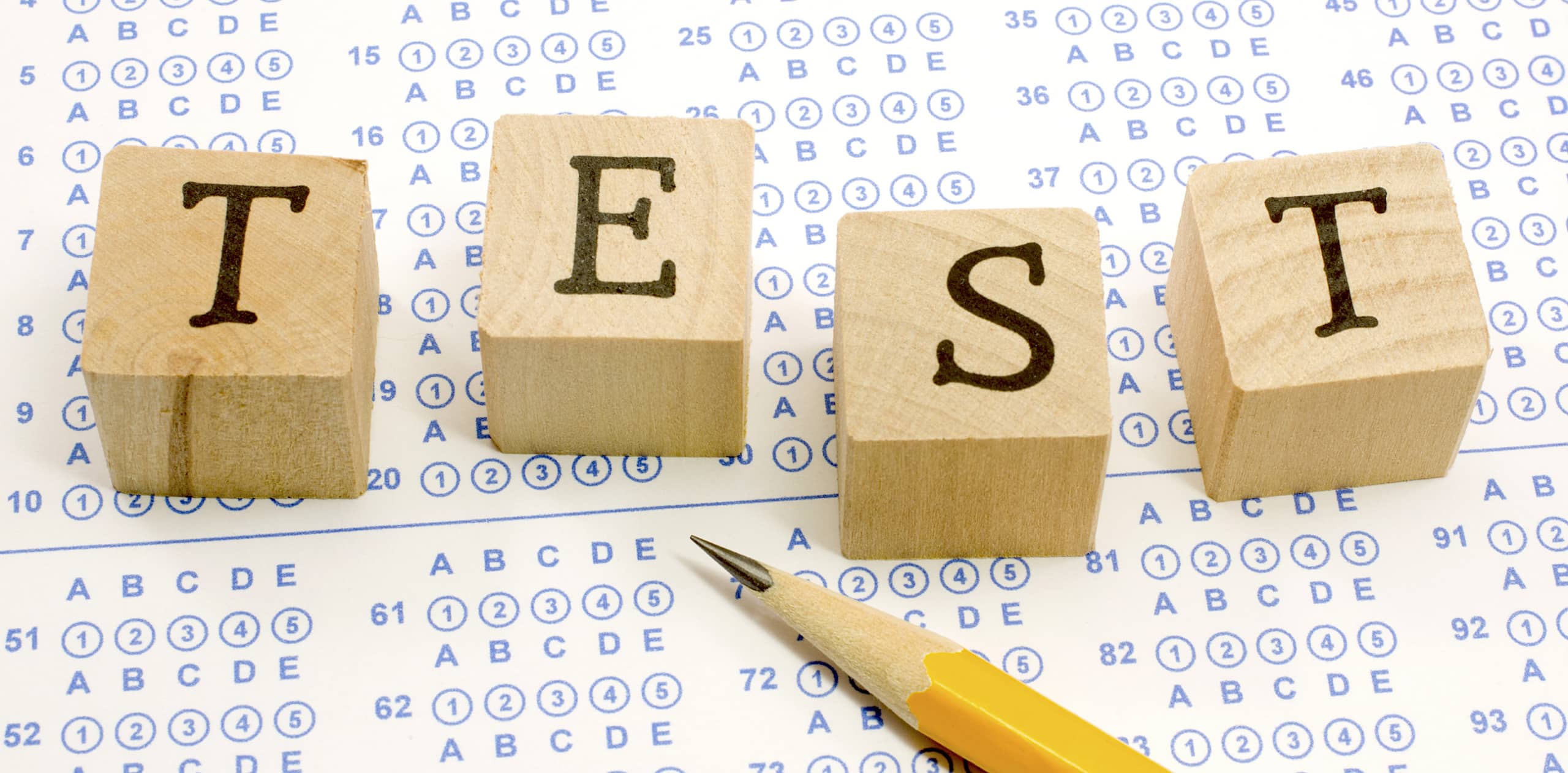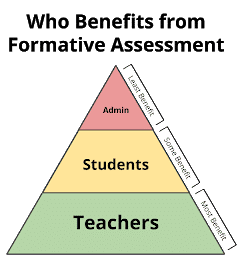Table of Contents
By Craig Jones
In higher education, it has become increasingly clear that colleges and universities are on a path to remove all ACT and SAT requirements. As of today, only one Ivy League school, Princeton, is still requiring admissions tests (although this year, they are not requiring submissions due to lack of access to testing sites).
Testing in K12
Within K-12, the future of high stakes, end-of-year testing has been a far more controversial topic. Schools across the country have become accustomed to taking tests and repeatedly exposing our nation’s opportunity gap. Idealistically, the system was designed to measure learning and to keep children from falling through the cracks. In reality, the system often ties funding to test results and treats students like widgets in a factory. The system was clearly designed for school district administrators and/or government reporting and not for the students themselves. As evidence, if the students even find out their own results, it is almost never with any context or support for how to address their areas of need. These tests have been the foundation of a system that is not demonstrating growth.

Many articles are written about the unbelievable failures of end-of-year assessment. Whether it be teaching to the test, testing anxiety, or bias against minority groups, the system is flawed. Yet we keep testing.
Last school year, due to COVID-19, the federal standardized exam requirements were waived across the US. This year, testing is somewhat uncertain, but the major players have opened their systems for virtual interim assessments, which often function as practice for the larger test. With the kick from COVID-19 and the rapid transition of technology within every classroom, we finally may have found the inflection point that may kill end-of-year tests once and for all.
Formative Assessment Altered the Paradigm
Since the early 1970s, the concept of Formative Assessment has been taught to educators. This concept focuses on teachers using data in their classrooms to help students grow. It has since been popularized to distinguish “Assessment for Learning” as opposed to the “Assessment of Learning.” The distinction is enormous, as the purpose is no longer for administrators and governmental agencies and instead dramatically shifted the classroom back to teachers. Teachers use data to gain extreme insight into the learning of their students. However, the data isn’t always immediately available to the student. The standards-aligned insights of Do Nows, Exit Tickets, and the myriad of other formative assessment practices often still have only moderate transparency for the student.
The future is now, but in order to eliminate End-of-Year Assessment, every stakeholder must benefit
I once took a picture of a very old poster on a cubicle within the Los Angeles Unified School District that described the future of education. Regarding Assessment and Evaluation, it read, “Technology-based applications will provide individualized and continuous feedback to students based on frequent, formative assessment. Teachers will have more immediate and accurate feedback on student performance, too, allowing them to adapt instruction as necessary. Online assessments also facilitate the rapid transfer of data to other levels of the education system. By providing better feedback on student performance, programs and policies can be reviewed more thoroughly to determine what might constrain or enable school innovation.”
The idea of valid, standards-aligned data on learning being immediately available for all educational stakeholders has long been the Holy Grail for everyone within a school: administrators, teachers, students (and their parents). Few people thought summative assessments would go down without a crusade — and formative assessment hasn’t yet benefited administrators enough to measure performance for governmental requirements that ensure no student falls through the cracks.
Yet, without warning, two tidal forces have changed everything: extreme technological innovation and COVID-19.
It is now possible to have teachers utilize new forms of formative instruction that capture millions of data points on each student’s learning — and the data is not primarily benefiting only the teacher anymore. It is now possible for administrators to see significantly more standards-aligned data without having to turn schools into factories for high-stakes assessment. Most dramatically, it is now possible for students (and their parents) to have complete visibility into their own learning in ways that make the students themselves primary beneficiaries of all this data on student learning.

With No Child Left Behind, the Every Student Succeeds Act and Common Core; shifts were made to utilize data as a means to understand student learning and progress was made to expose a widening opportunity gap in this country; however, the foundational reliance on collecting data at the end of the year has never been a solution for learning.
While federal laws will likely re-mandate tests in the near future, COVID-19 has showed us that the future for testing is less clear. While some of this may feel like a response to a pandemic, the writing has long been on the wall for the removal of tests. High-stakes testing’s inefficiencies have made their extinction inevitable almost as soon as they began. However, to eradicate end-of-year assessment, it must not be that one party loses key data or benefits. Every educational stakeholder needs to benefit equally and there is more than enough data from the classroom as is, to make this possible. Educational technology has finally made it possible for this future to become a reality. The students (and their parents) will finally be given equal access to their data.
Teachers and administrators are beginning to find common solutions for the first time. They are beginning to collect more valid data on student learning than any end-of-year assessment could ever ascertain. Yet, the classroom has fewer elements of traditional assessment than ever before. Students no longer even need to take tests and quizzes to measure student progress. Instead, teachers only need to teach using new platforms that help extract standards-aligned data on learning from any classroom activity. The classroom is becoming more student-centered and student-paced. Playlists of learning allow for differentiation like never before, visualizing progress as students work. Like that old poster said, Formative assessment is the future. And the future is now.
About the Author
Craig Jones is Co-Founder/CEO of Formative (goformative.com). He is a Former 8th Grade Science Teacher and a Former District Fellow for LAUSD.
Further Reading
- edCircuit – Crafting a New Approach to Assessment
- Education Dive – State ed chiefs ponder coronavirus-era assessment challenges, solutions
- Patch.com – On Pandemic Learning Loss, School Districts Look Forward, Not Back








